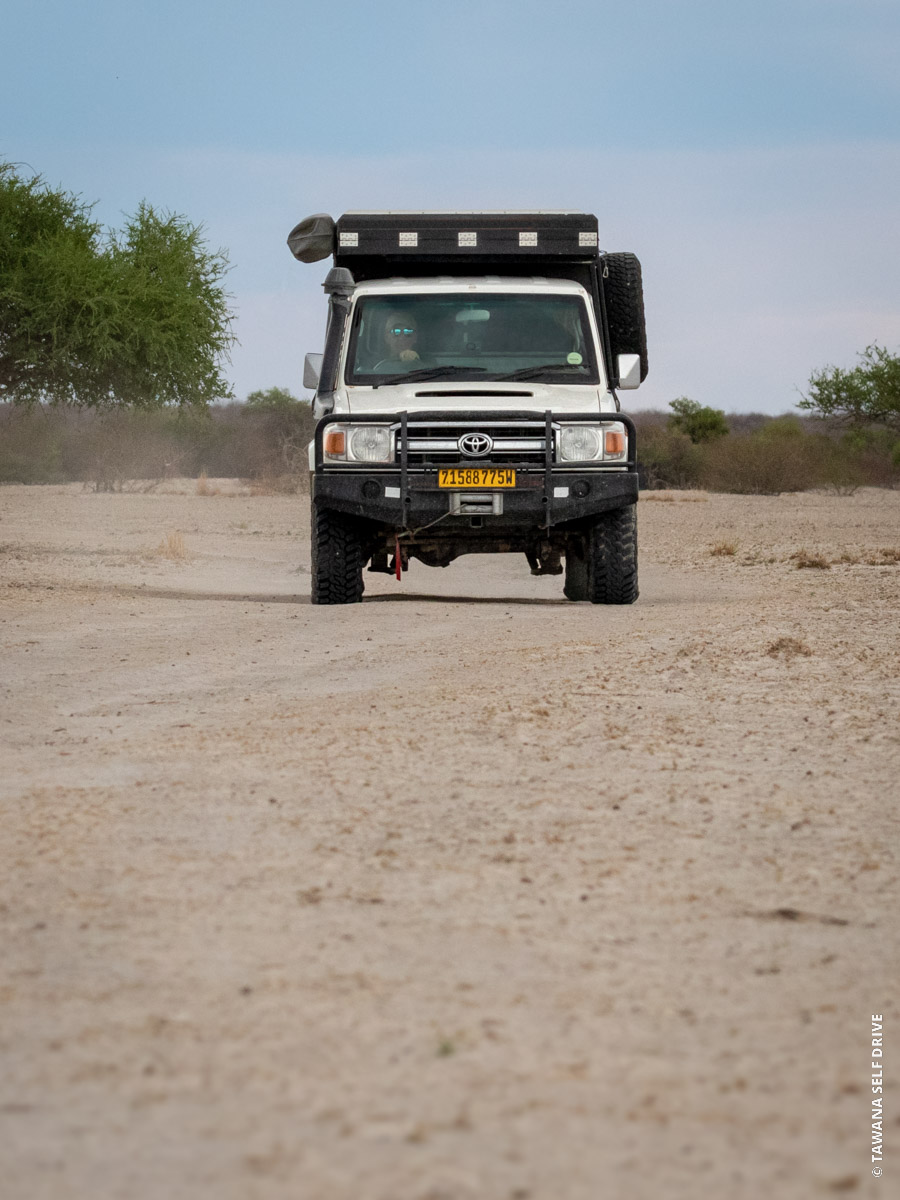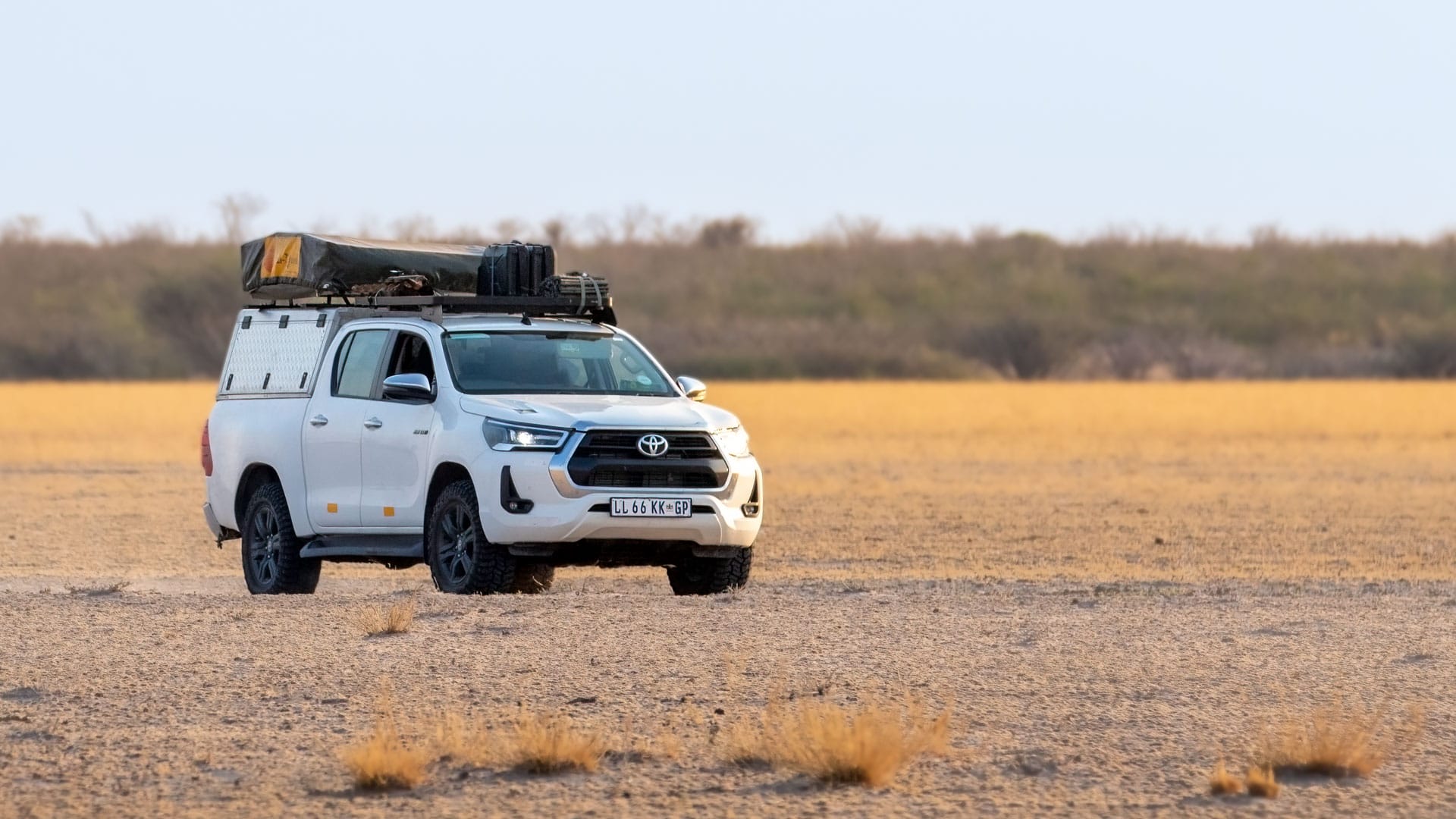The Chobe National Park in Northern Botswana boasts some of the most spectacular wildlife encounters in the world. Good news! It is completely permitted to go on a self-drive safari and experience the wonders that Chobe has to offer. The freedom to move at your own pace and plan your adventures make some wonderful memories. Here is a list of tips to help you make the most of a self-drive safari!
1. Be prepared
Pack your bird and animal identification books, binoculars, camera, and GPS if you have one. As you enter the park speak to the employees about the best routes for game viewing, get maps of these areas if possible and familiarise yourself with park rules.
2. Rent a 4×4, not a standard vehicle
When renting your vehicle, make sure you choose the perfect fully equipped 4×4 which can handle the deep sand and rugged terrain. Familiarise yourself with the vehicle before you go on safari and ask for assistance if you are unsure of anything.
3. Be friendly
Being friendly helps. Ask other fellow selfdrivers about what they have seen. The speed limit is slow and roads have single tracks or lanes, which allow you to converse with passing drivers while in the safety of your car.
4. Keep safe
Never get out of your car unless at designated stretch points and toilets in the park, and still use caution when in these areas as animals may be close by. Take extra supplies: water, food, sun cream, etc. in case you get stranded. In the event you do break down or get stuck stay with the vehicle until help arrives.
5. Respect the wild
Leave plenty of space between you and the wildlife you are viewing. Do not disturb their natural behavior and try not to block their movements. You wouldn’t want to miss the opportunity to see them interacting or hunting! Being patient and discreet always pays off. Be prepared to move out of their way if necessary.
6. Be considerate of others
Don’t spend too much time at a sighting if a lot of other vehicles are crowded around. Give other park users a chance to enjoy the experience. When you stop for an animal or meet an oncoming car, pull slightly off the road to allow other drivers room to pass.
7. Finding predators
You are more likely to spot predators early in the morning or late in the evening, as they are more active at these times. Watch and listen to herds for possible predators. If all the animals are looking in the same direction or making alarm calls, this could indicate there is something exciting close by. If you see vultures circling above or perched in nearby trees a carcass is likely to be in the vicinity.
8. Strictly no off-road driving
Never drive your vehicle off-road. It is strictly forbidden by the Botswana’s National Parks regulations. You could get stuck in deep sand, thorns could puncture your tyres or you may destroy animal habitats and vegetation.
9. Early mornings / Late afternoons are always special
Enter the park at the first hour. If you enter before other drivers you will be able to see and follow animal tracks from the night before.
Late afternoon, particularly in the dry season, large herds of animals tend to congregate along the riverfront.








